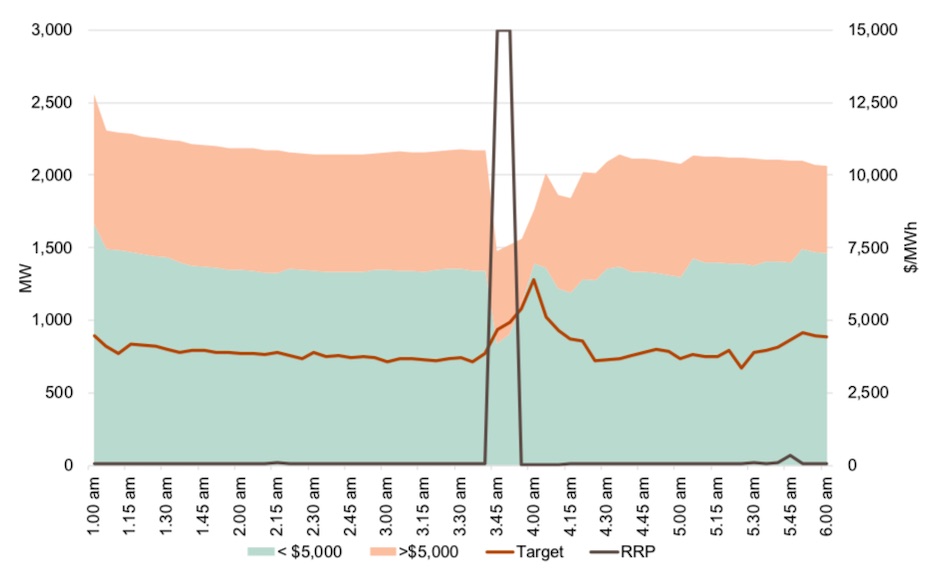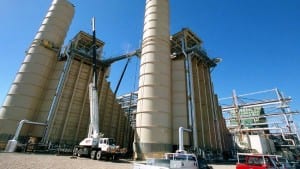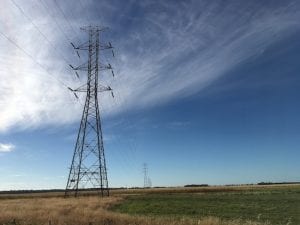The Australian Energy Regulator’s latest investigation into a recent high priced electricity market event in South Australia points the finger squarely at the trip of the state’s biggest gas unit, and the bidding strategy of the federal government owned Snowy Hydro.
The event happened just before 4am in the morning (grid time, so just before 4.30am in Adelaide) on January 22 this year, when the wholesale electricity price leaped to the market cap of $15,000/MWh after the Pelican Point power station suddenly tripped, taking 240MW out of the system.
The Australian Energy Market Operator responded by dialling down the level of imports from Victoria by 240MW, just to give it some breathing room in case of any further trips.
That meant access to cheaper generation from Victoria was no longer available, and because some of the bigger generators in South Australia could not respond in time, it was left to the fast-movers in the market – battery storage and peaking diesel generators – to fill in the gap.
The AER said state’s three big batteries – Hornsdale, Lake Bonney and Dalrymple – all responded by providing as much capacity as they had available, which was a combined 125MW (the rest of their capacity was committed to FCAS or other grid services).
That meant the final gap had to be filled by three diesel generators – Port Stanvac, Lonsdale and Angaston, which are all owned and operated by the federal government owned Snowy Hydro.
Lonsdale and Angaston had signs on their virtual doors that effectively said “do not disturb unless we are paid $15,000/MWh.” The market, because it needed that capacity at that particular point in time, had no choice but to pay the market cap.
Having set the price at $15,000/MWh for two 5-minute periods, and guaranteeing a minimum price of around $5,000/MWh for anyone producing in that 30 minute settlement period, Angaston and Lonsdale then led an unseemly, but typical, scramble to get “dispatched” by AEMO and cash in on the windfall.
Angaston’s offer price suddenly switched from $15,000/MWh to the price floor of minus $1,000/MWh in a matter of minutes, and the batteries and other generators followed suit as more than 2GW of thermal capacity suddenly woke up and also made their capacity available at the price floor as they too sought to cash in.
And they did. The final price for that 30 minute period ended up at $5,031/MWh, meaning that the generators that managed to get dispatched shared in a windfall of around $2.5 million between them. Then Pelican Point got back on line, the price went back to not very much, and the diesel generators went back to sleep.
Such arrangements will come to an end soon with the introduction of 5-minute settlements, and large energy consumers – and smaller ones – will be greatly relieved.












